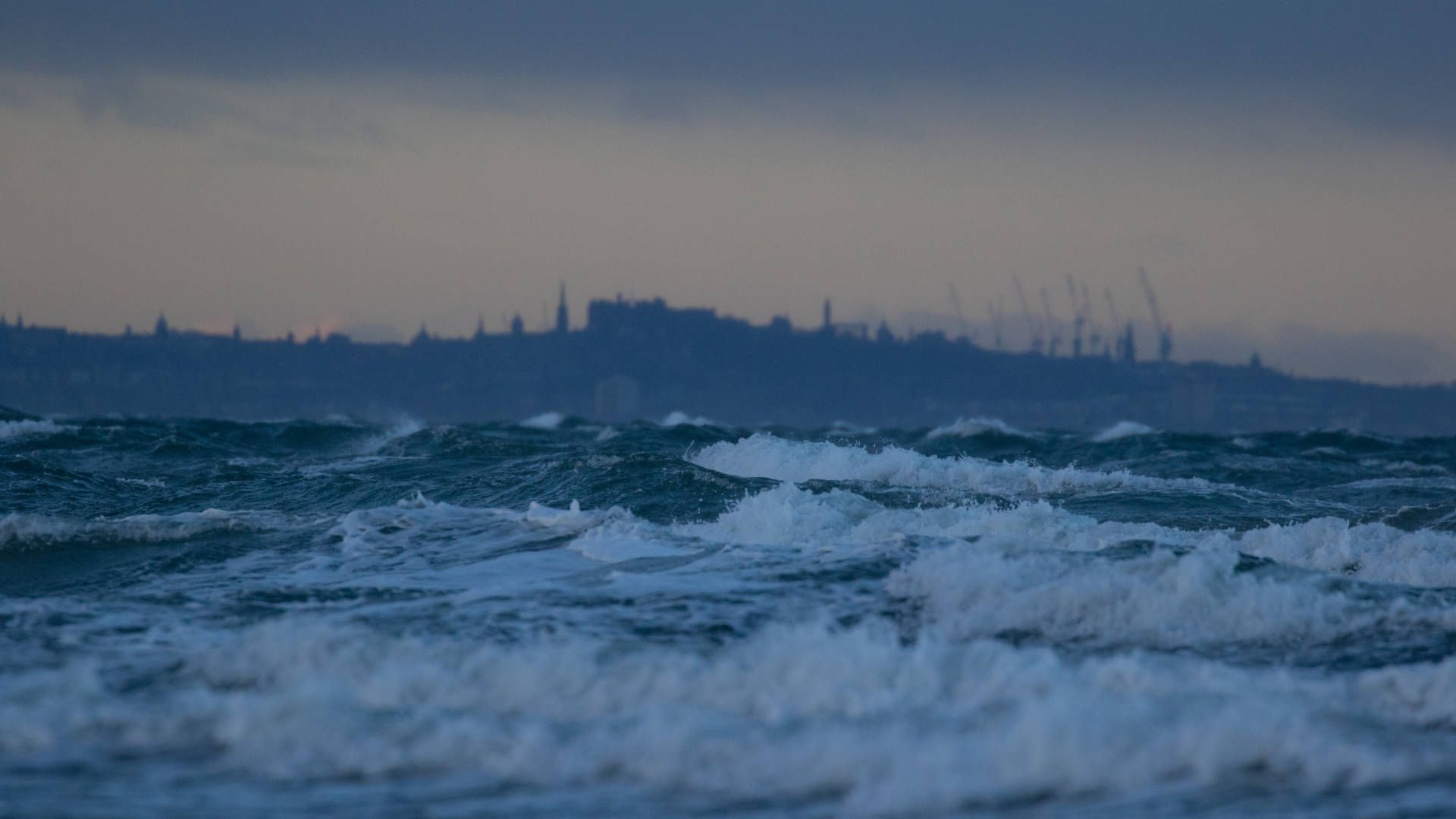
Edinburgh and the Forth © Sandra Graham
The recovery of Scotland’s nature could be beautiful and exciting – if we can find the political will to make it happen, writes Fight for Scotland’s Nature campaign coordinator Miriam Ross.
I was fascinated when I learned that millions of native oysters were once harvested from the Firth of Forth every year, providing a cheap and common source of food, and an Edinburgh old town full of raucous ‘oyster cellars’. It can be hard to imagine the places we live as they once were – and just as hard to imagine a different future for them.
Native oysters virtually disappeared from the Forth due to massive overfishing in the eighteenth and nineteenth centuries, and similar collapses have played out around most of Scotland’s coastline.
But native oysters, which are distinct from the pacific oysters now found on restaurant menus, are so good for ecosystem health and biodiversity that efforts are being made to start restoring their populations. In one such initiative at Loch Craignish in Argyll, the charity Seawilding has started growing juvenile oysters and returning them to the loch to restore the natural beds. Over the course of five years, it plans to grow up to one million native oysters.
Across Scotland, there are hundreds of inspiring projects underway to help our nature recover. These efforts are incredibly important, and they’re already making many of Scotland’s places better to live in.
But the bigger picture, in Scotland as elsewhere, is one of decline. And it’s not a slow decline. We no longer need to look back centuries to see how things have changed, because Scotland is losing its biodiversity at a rate perceptible within the lifetimes of people alive today. Almost half of our species have decreased in number in the past 50 years, and one in nine is at risk of extinction.
The devastating loss of nature is not inevitable. We can stop the decline, and we can increase Scotland’s wildlife populations and restore habitats, on land and at sea, helping nature to thrive. The many places where nature is recovering are living proof that we can do it if we want to. But we need to do it on a large scale, with action driven by government.
Nicola Sturgeon has said she wants to, writing in 2019, “The challenges facing biodiversity are as important as the challenge of climate change, and I want Scotland to be leading the way in our response.”
Now we need to see action to match those words.
Our neighbours are, on paper at least, moving in the right direction. At the end of June, the Welsh parliament called for legally binding targets to halt and reverse the decline of nature. The European Union has promised to introduce legally binding targets this year with the aim of restoring nature by 2030 – a development the Scottish government should note, having committed to aligning with EU environmental law.
There is no time to lose. The Scottish government must set legally binding targets to stop the loss of our wildlife and to make sure that by the end of this decade Scotland’s nature is on track to recovery. And it must propel the change needed to meet those targets.
Then we can collectively start to imagine, and create, a future in which a rich and diverse natural environment helps to make Scotland the kind of place we want to live in.
This article was first published in the Scotsman on 10 August 2021.
